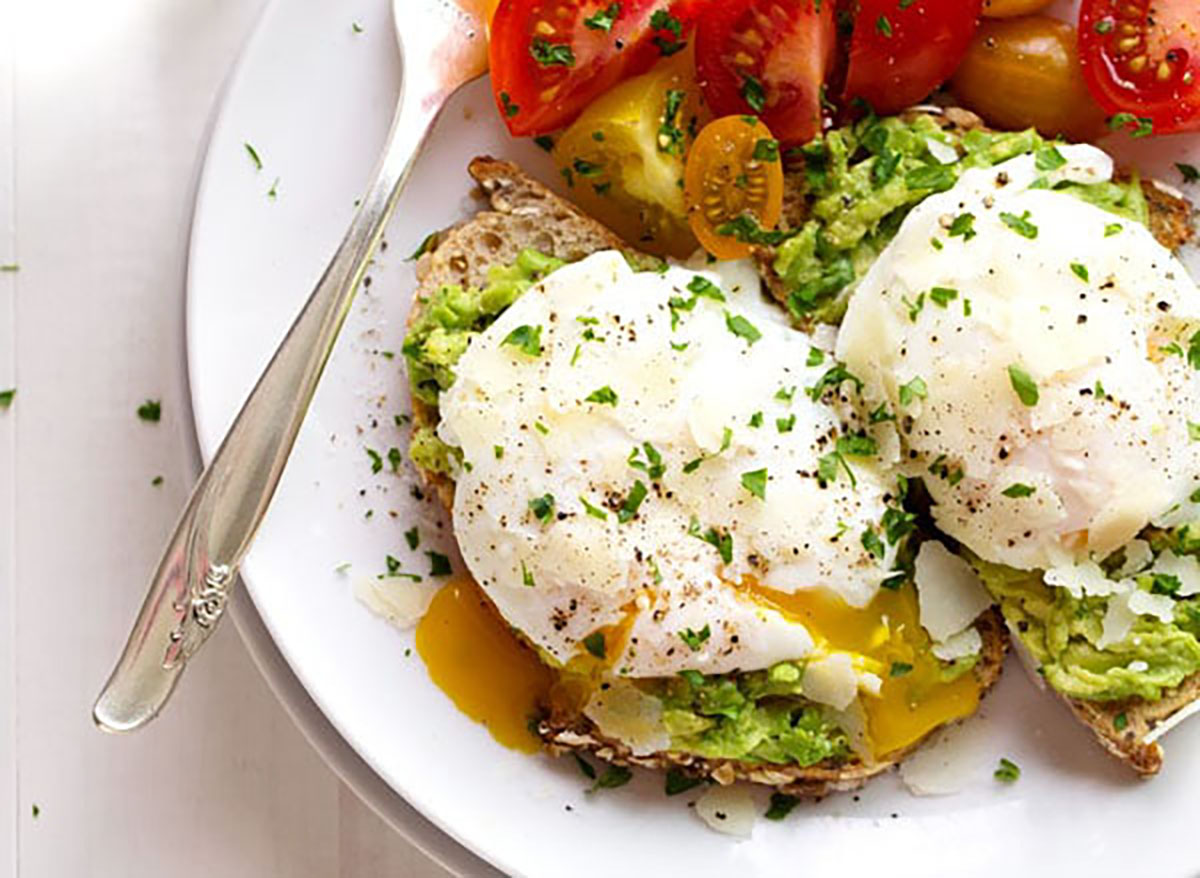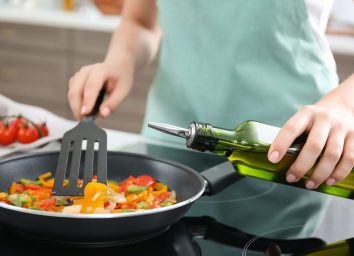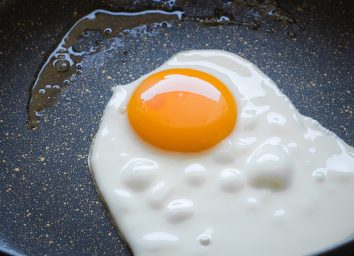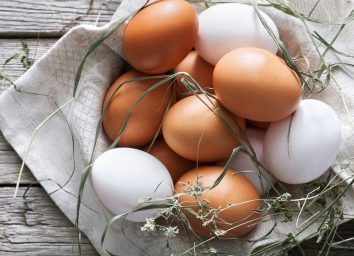A staple of early-afternoon brunches, the perfect topper for a delicate frisée salad, and the at-home cook’s worst nightmare. Yes, we’re talking about poached eggs.
While poached eggs are notorious for bringing humility to even the most-accomplished chefs, they don’t have to be the black sheep of your Sunday brunch. You, too, can master the delicate texture of a hard white and runny yolk that we ranked as one of the best ways to cook an egg for weight loss.
While methods, techniques, and tricks vary from chef to chef—add a bit of vinegar to your water, whisk the simmering water into a vortex, add salt to your water, crack your egg into a ramekin, etc.—there is one secret to the perfect poached egg that is consistent across the board: Start with fresh eggs.
YouTube videos from The Culinary Institute of America, Jacques Pépin, Alton Brown, and James Beard Award-winning chef J. Kenji Lopez-Alt of Serious Eats all implore you to use the freshest eggs you can.
It makes sense, right? Do you think the intricate sculpture of David would have been as beautiful if Michelangelo had started with sandstone instead of marble? Likely not.
But the reason to use fresh eggs when poaching them isn’t just because they’re new and shiny. There are specific chemical properties unique to fresh eggs that help make your poached eggs come out perfectly. Keep reading to find out what they are.
Why Fresh Eggs are Best
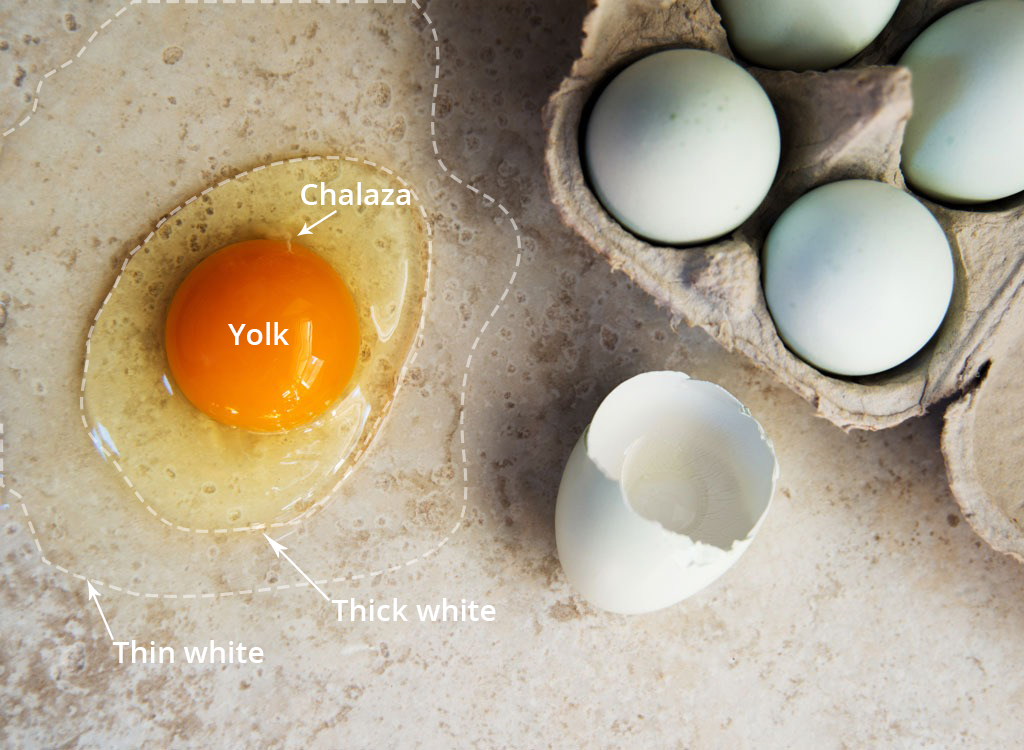
First things first: If you poach an egg directly in water, you will inevitably end up with some wispy bits of egg whites floating in your pot. As we’ll explain below, this is unavoidable with the direct water method because of the structure of an egg, and it’s not your fault! (If you don’t want to lose any egg whites, consider investing in a poaching pan or poaching cups.)
The reason you will lose some of the whites is that the egg white (or albumen) is actually two different layers: a thick white that surrounds the yolk and a watery, thin white. (See image above.) It is this outermost thin layer that is destined to create those dreaded wispy whites that dance around your pan.
While all eggs have this thinner white, the amount of thin white in your egg depends on age. As an egg ages, the proteins in the thick white disintegrate, and this decreases the proportion of thick to thin albumen from 60–40 to 50–50. (It also happens to increase your risk of losing a lot of your egg white to the water.)
In addition to the whites becoming more watery, age will also cause the twisted chains—known as the chalazae—that hold the yolk suspended in the middle of the white to weaken, which may result in a dislodged yolk when poached.
Alas, these problems are all solved by picking out a fresh egg. We explain how next.
How to Pick The Freshest Eggs
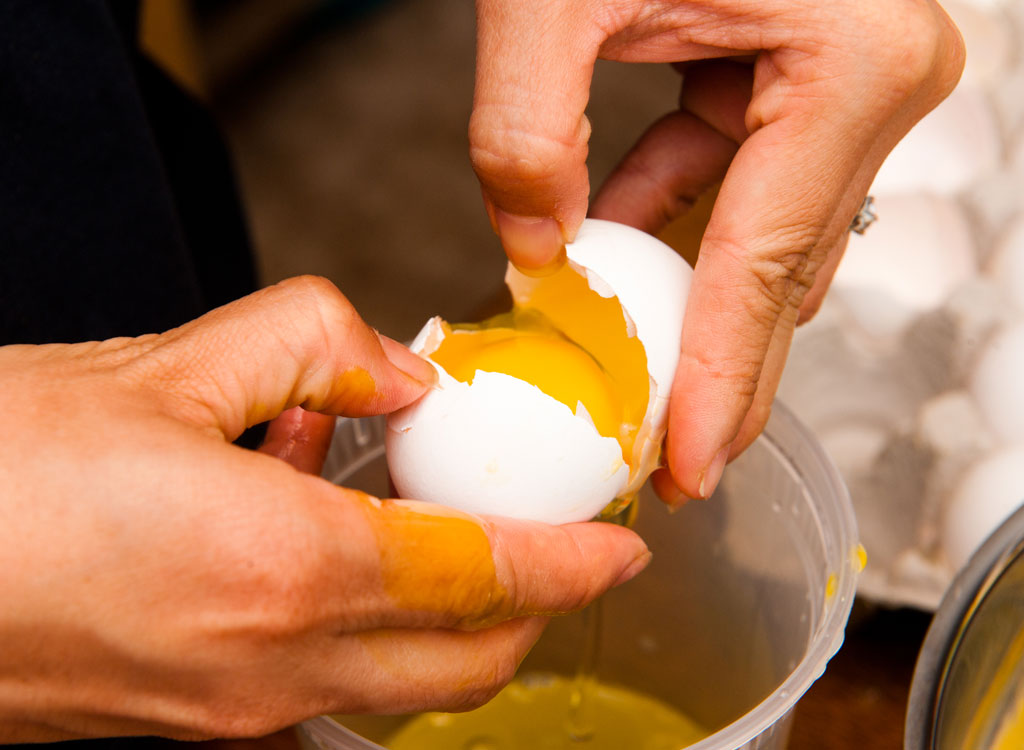
While eggs do seem to have a long shelf-life for a perishable food, just because you use an egg before that “Sell By” date doesn’t mean the egg is “fresh.” Read on for our tips on how to pick the best eggs for poaching.
Pick Grade AA eggs. Highly-acclaimed food scientist Harold McGee writes in On Food and Cooking, if you like “your poached and fried eggs neat and compact […] then you may be better off with the premium grade, with its thicker white.” The United States Department of Agriculture (USDA) has made it pretty easy to find quality eggs. Eggs sold in stores are given a grade before they’re stocked on store shelves. Grade AA eggs have the highest proportion of thick to thin white and a firm, rounded yolk (which makes them perfect for poaching). Grade A eggs have more thin whites and a weak yolk membrane. Note that this grade is a measure of quality, not freshness. So, while you’ll want to start by looking for AA eggs, you’ll also have to check for freshness using our trick below.
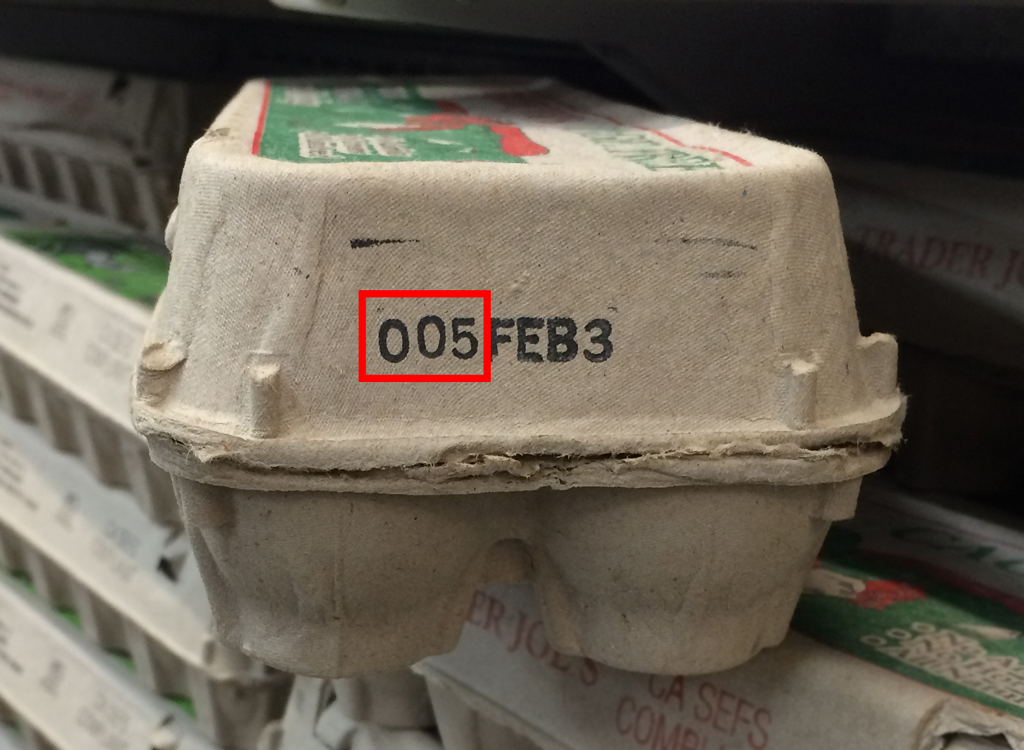
Find the 3-digit code on the carton. It will tell you which day of the year (out of 365 days) the eggs were packaged on, according to the USDA. So, the number 005 means the eggs were packaged on January 5. The number 156 means your eggs were packaged on June 5. You’ll have to do a bit of math after you hit 031 (January 31st) as the code depends on the day of the year rather than the month and day. Check out the chart below to serve as a bit of a shortcut. Point is: You want the carton with the highest three-digit number.
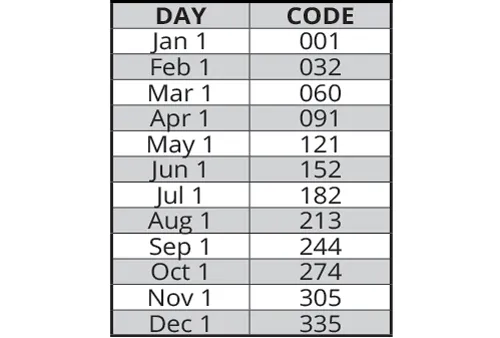
Don’t equate grade with freshness. While Grade AA eggs were high quality when packaged, that doesn’t mean they’re still high quality when you purchase them. “Even Grade AA eggs eventually develop flat yolks and thin whites,” writes McGee in On Food and Cooking. He goes so far as to say that “Fresh grade A eggs can be a better buy than old grade AA.” So be sure to check freshness of all grades before you buy.
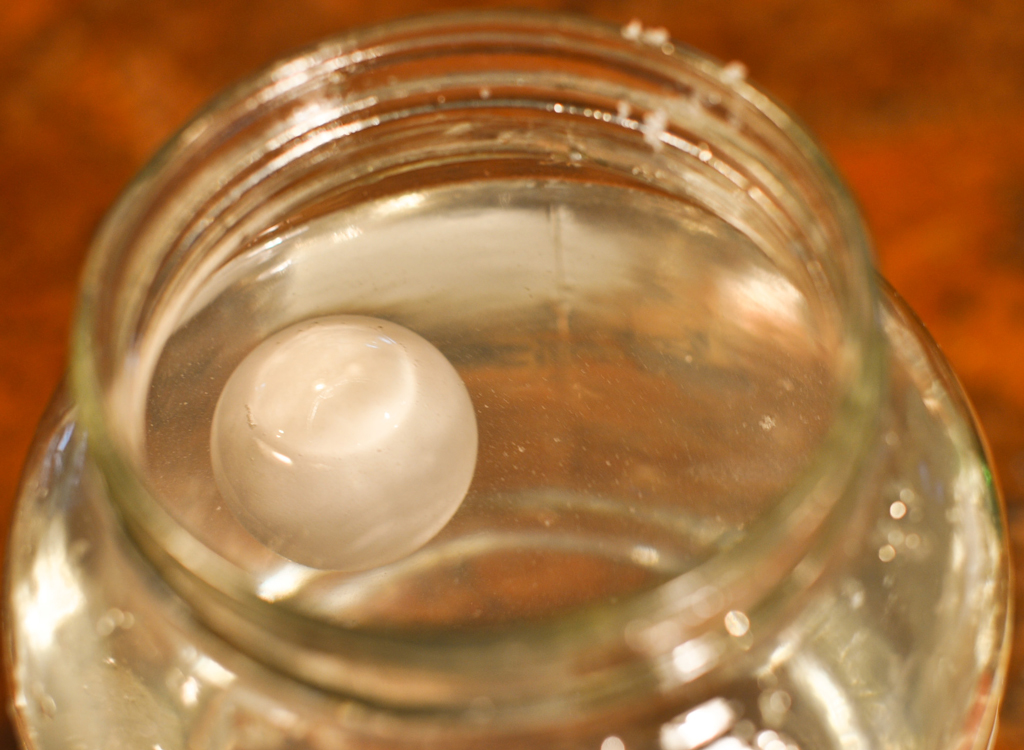
Try the float test. If you’ve already purchased eggs (and tossed the box), you can test the freshness of your egg with the float test. Here’s the idea behind the test: As an egg ages, its air cell expands as moisture is lost through its porous shell. Because eggs will get progressively less dense with moisture loss, the wide end of the egg (where the air cell is located) will rise higher in the water until the egg floats (at which point the egg should be discarded). A new egg will sink to the bottom of a bowl of water. You’ll want to use eggs that sink to the bottom for best results.
Another Poached Egg Tip
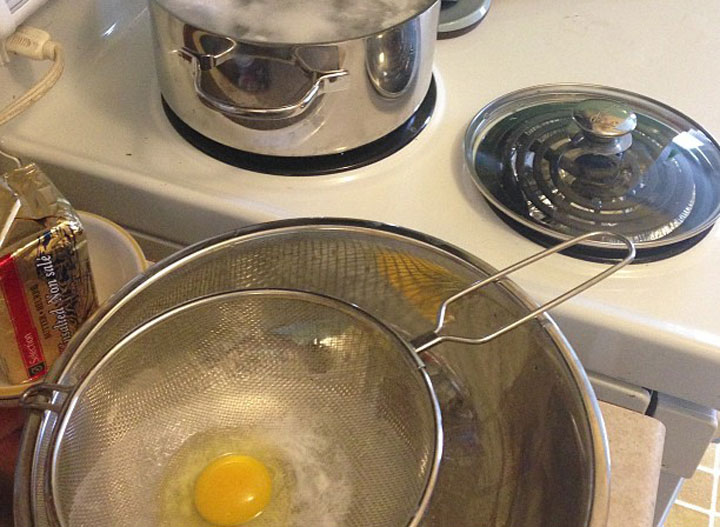
Besides using the freshest eggs as possible, McGee writes of an “unconventional but effective way” to tidy up the white edges to make a perfect poached egg. “Simply remove the runny white from the egg before poaching,” he writes in On Food and Cooking. While McGee suggests using a large perforated spoon, I’ve also had success in using a fine mesh sieve. Once you strain out the watery white, you can drop the egg directly into simmering water.
Now that we’ve helped you crack the poached egg code, try your hand at the brunch staple using these tips the next chance you get. In the meantime, read up on these 20 Shocking Secrets About Eggs.
